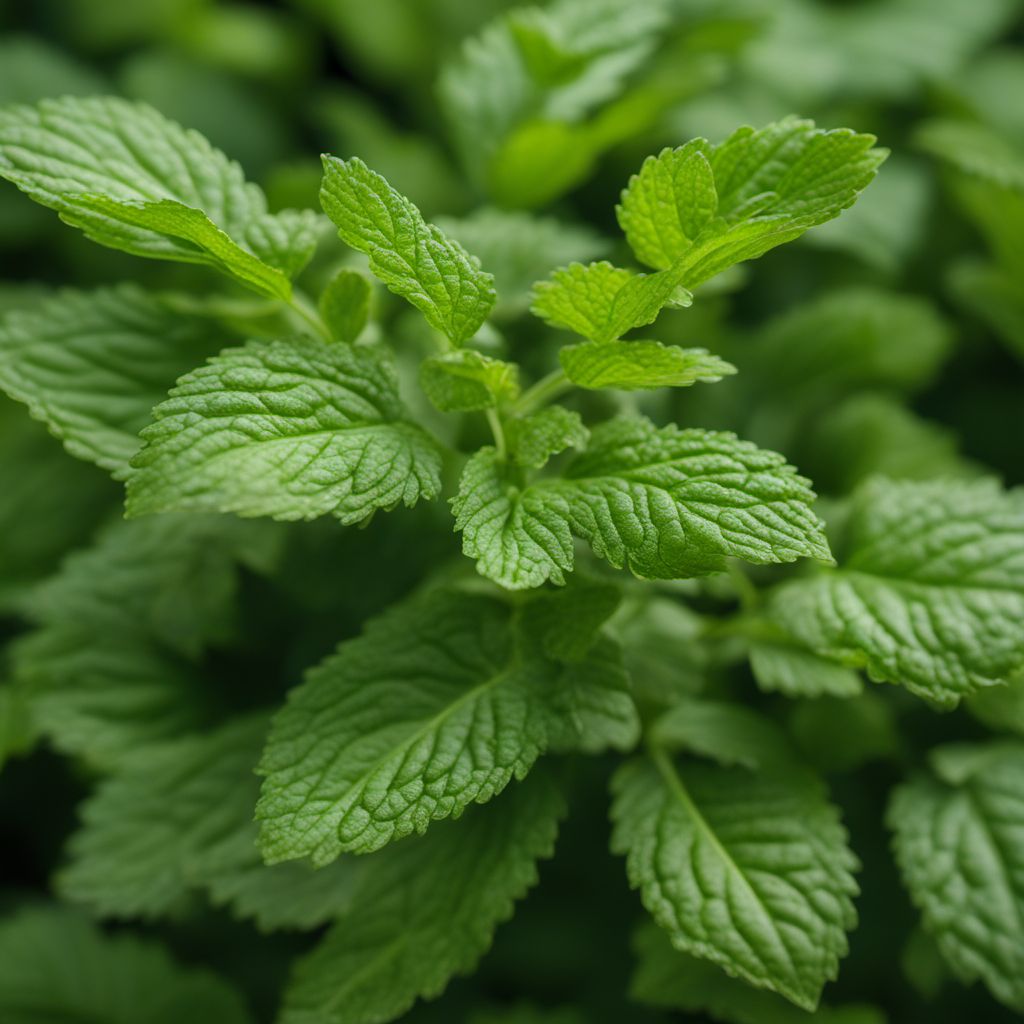
Ingredient
Vietnamese mint
The Zesty Herb
Vietnamese mint has long, slender leaves with a vibrant green color and a distinctive jagged edge. It has a refreshing and zesty flavor with hints of citrus and mint, and a slightly spicy kick. Its appearance is characterized by its elongated leaves and reddish stems, which add a pop of color to any dish.
Origins and history
Vietnamese mint is native to Southeast Asia and is widely used in Vietnamese, Thai, and Malaysian cuisines. It is a key ingredient in dishes like pho, laksa, and summer rolls, where its fresh and tangy flavor complements the other ingredients. Its name varies across different regions, but its culinary significance remains consistent.
Nutritional information
Vietnamese mint is a good source of vitamins A and C, as well as minerals like calcium and iron. It also contains antioxidants and essential oils that contribute to its unique flavor and aroma.
How to select
When selecting Vietnamese mint, look for fresh, vibrant leaves without any signs of wilting or discoloration. The leaves should have a strong aroma, indicating their freshness. Avoid any leaves that are yellowing or have brown spots, as they may be past their prime.
Storage recommendations
To store Vietnamese mint, wrap the stems in a damp paper towel and place them in a plastic bag. Store it in the refrigerator's crisper drawer, where it will stay fresh for up to a week. Alternatively, you can place the stems in a glass of water, similar to a bouquet of flowers, to keep them hydrated and crisp for a longer period.
How to produce
Vietnamese mint can be easily grown in a home garden or container. It prefers a sunny location with well-drained soil. Plant the cuttings or young plants in spring or summer, and water them regularly to keep the soil moist. Trim the leaves regularly to encourage bushier growth.
Preparation tips
Vietnamese mint is commonly used in Vietnamese, Thai, and Malaysian cuisines. It is often added to soups, salads, stir-fries, and noodle dishes for a burst of fresh and tangy flavor. It pairs well with ingredients like lemongrass, chili, garlic, and fish sauce.
Substitutions
Mint leaves or cilantro can be used as substitutes for Vietnamese mint. While they may not provide the exact same flavor profile, they can still add a refreshing and herbaceous element to dishes.
Culinary uses
Vietnamese mint is commonly used in Vietnamese, Thai, and Malaysian cuisines. It is a key ingredient in dishes like pho, laksa, summer rolls, and salads. Its fresh and tangy flavor complements the other ingredients and adds a unique twist to the dish.
Availability
Southeast Asia
More ingredients from this category » Browse all

Holy basil
The Sacred Herb: Holy Basil
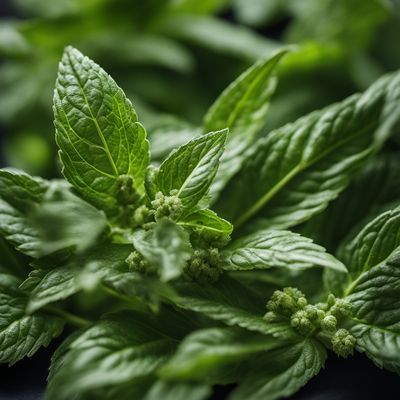
Hoary basil
The Aromatic Herb: Hoary Basil

Rice paddy herb
The Fragrant Gem
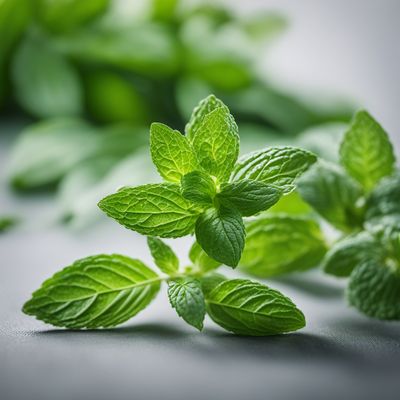
Mints
The Refreshing Herb
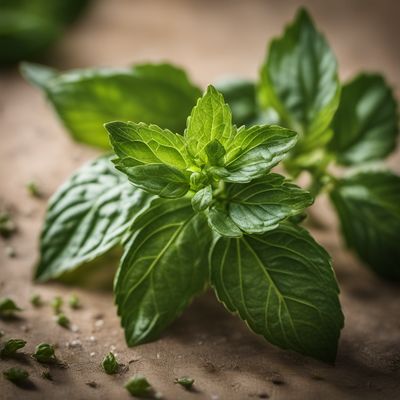
Greek bush basil
The Fragrant Herb of the Mediterranean: Greek Bush Basil

Asiatic pennywort
The Healing Herb: Unveiling the Wonders of Asiatic Pennywort

Basil
The King of Herbs

Lemon balm
The Zesty Herb: Lemon Balm

Lizard tail
The Enigmatic Delicacy: Lizard Tail

Lesser calamint
The Mediterranean Herb Wonder

Thai basil
The Fragrant Herb: Thai Basil

Lemon basil
The Zesty Herb: Unveiling the Delights of Lemon Basil
Recipes using Vietnamese mint » Browse all

Bruneian-style Dashi Soup
Brimming Bruneian Broth: A Fusion of Flavors

Bún Đậu Mắm Tôm with Crispy Tofu and Shrimp
Vietnamese Delight: Crispy Tofu and Shrimp in Fermented Shrimp Sauce
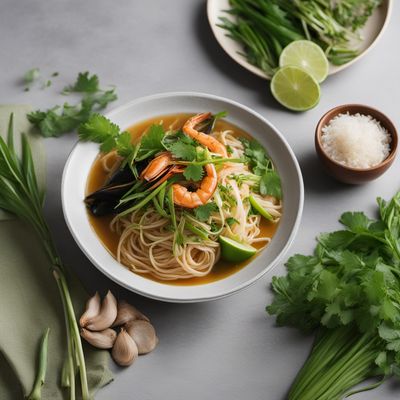
Mì Quảng with a Twist: Island-Inspired Noodle Delight
Atlantic Island Noodle Fusion: A Taste of Mì Quảng

Bún Cá Kiên Giang
Savory Vietnamese Fish Noodle Soup
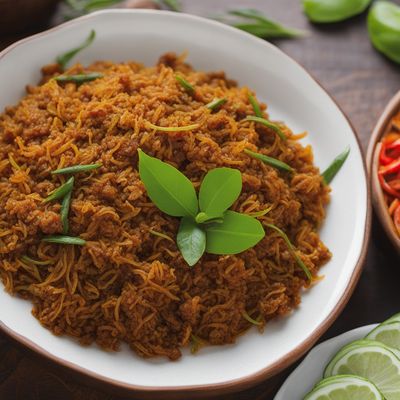
Sarawakian Spiced Golpi
Sarawakian Fusion: A Spicy Twist on Golpi
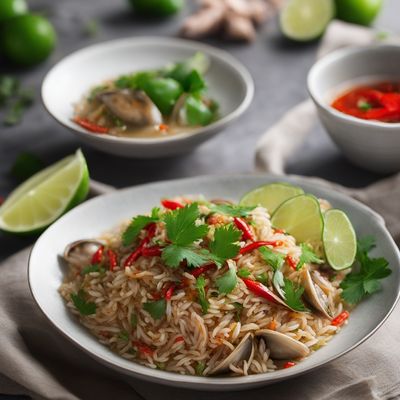
Vietnamese Spicy Clam Rice (Cơm hến)
Fiery Delight: Vietnamese Spicy Clam Rice

Crispy Vietnamese Pancakes with Shrimp and Bean Sprouts
Golden Delights: Vietnamese Crispy Pancakes

Homemade Vietnamese Rice Rolls with Savory Filling
Silky Delights: Vietnamese Rice Rolls with a Flavorful Twist

Kurdish-Style Serabi
Savory Pancakes with Kurdish Flair

Homemade Bánh ướt with Grilled Pork and Fresh Herbs
Silky Rice Noodles with Succulent Grilled Pork: A Vietnamese Delight

Bún Cá Sứa with a Twist
Sea Urchin Noodle Soup: A Delightful Vietnamese Twist

Hmong-inspired Shrimp Nigiri Sushi
Savory Hmong Shrimp Delight: A Fusion of Sushi and Traditional Flavors